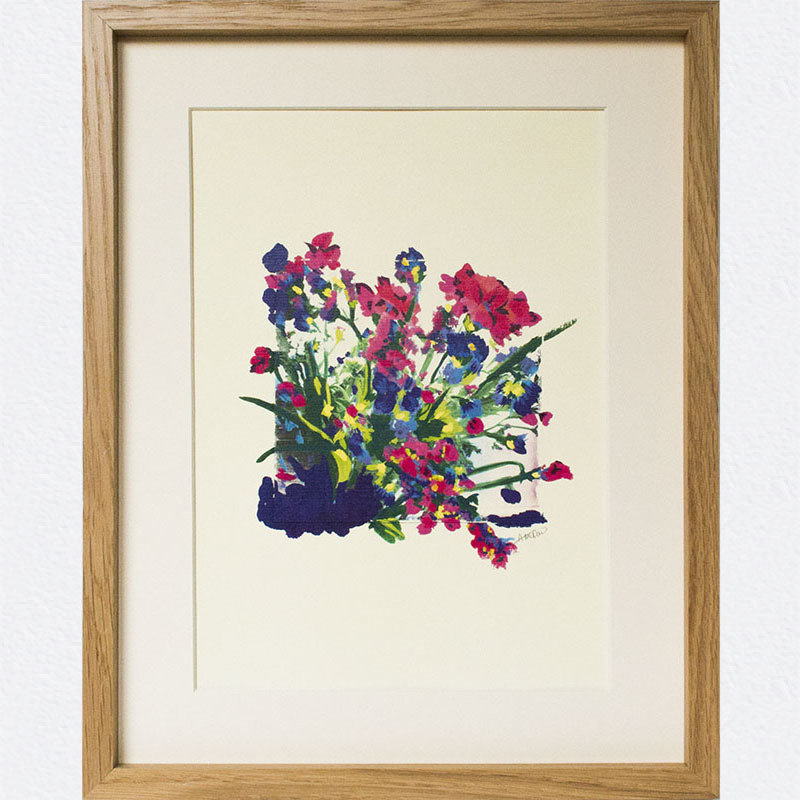MRS CRATCHIT set the bar rather high when she appeared from the kitchen bearing a home- made plum pudding in Charles Dickens’ A Christmas Carol (1843). So wondrous was the ‘speckled cannon ball’ blazing in ‘ignited brandy... with Christmas holly stuck into the top’, that Bob Cratchit regarded it as his wife’s ‘greatest success . . . since their marriage’.
It is often asserted that Dickens and his Victorian contemporaries ‘invented’ Christmas. Yet the plum pudding may have its origins in the 16th-century plum pottage, a peasants’ meat soup thickened with breadcrumbs and flavoured with spices and prunes. Mercifully, the meat has disappeared, but the spices (nutmeg, allspice, cloves, cinnamon) and plums (usually in the form of raisins – ‘plum’ was a catch-all word for dried fruits) remain.
Modern hosts hoping to elicit such ardent sighs of admiration as those enjoyed by Mrs Cratchit shouldn’t panic if they missed ‘Stir-up Sunday’ – the traditional day to make the Christmas pudding on the last Sunday before advent. This tradition has more to do with the words of a 16th-century prayer than the myth that a steamed suet pudding tastes better if you let it ‘mature’ for five weeks. Although if you’ve ever cooked a Christmas dinner, you’ll agree that advance preparation is the key to avoiding a festive meltdown.
You don’t need to stir it from east to west, either (in honour of the three wise men). But do insist, as custom dictates, that every member of the family takes their turn to stir the mixture while making a secret wish*. It will save you considerable arm ache.
TUCK IN: Jo and Richie Evans hand-make plum puddings in Devon, using local ingredients and their grandmothers’ recipes (figgys.co.uk).
* If following the tradition of dropping charms into the batter – a sixpence for riches, a ring for marriage – be sure to warn your dinner guests.
Words: Rachael Oakden


















































